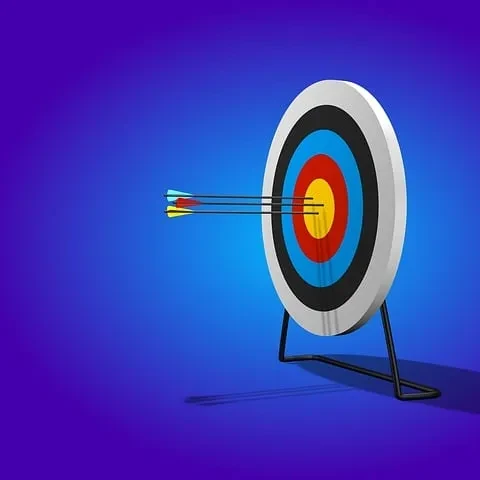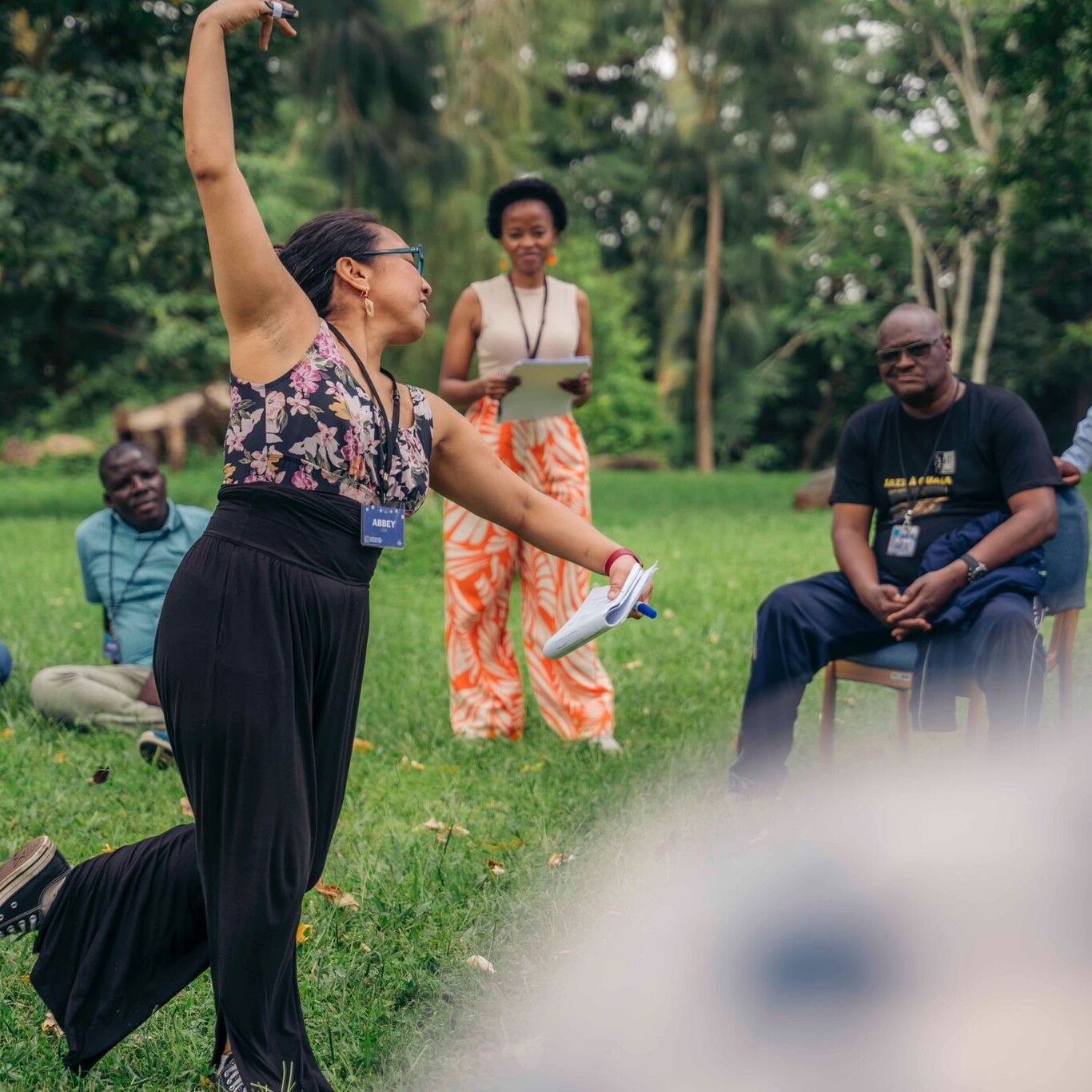by Ari Sahagún and June Holley
THE WHY
Co-design is a process that guides a group of people through various iterations of coming together to create something. This something might be a product, an activity, a project or a service. In fact, much of what is happening in networks is collaborative invention rather than traditional decision-making. Most decision-making in networks is done in collaborative projects as they are experimenting and creating something new.
Co-Design Is
- POWERFUL. Co-design is a way of working together that assumes we all have something to contribute. The process distributes power to participants, utilizing each individual’s unique perspectives, expertise, and skills to create something new.
- COLLABORATIVE. Co-design employs processes that bring together many perspectives and capacity levels of participants. The processes are flexible, encourage collaboration, and incorporate reflection, and can change over time as the group’s goals change and adapt.
- TRANSFORMATIVE. Co-design and the culture change it requires can help us toward our bigger goals of social transformation, as we create new ways of engaging with each other and our own communities.
THE WHAT
To get a deeper sense of what co-design is, here are three definitions:
The co-design approach enables a wide range of people to make a creative contribution in the formulation and solution of a problem. … Facilitators provide ways for people to engage with each other as well as providing ways to communicate, be creative, share insights and test out new ideas. John Chisholm — Senior Research Associate, Design Management, Lancaster University.
Participatory Design (PD) refers to the activity of designers and people not trained in design working together in the design and development process. In the practice of PD, the people who are being served by design are no longer seen simply as users, consumers or customers. Instead, they are seen as the experts in understanding their own ways of living and working. Elizabeth B–N. Sanders
Our definition: Co-design is a participatory, reflective, and adaptive process used to design and create. By centering participants as experts, it decentralizes decision-making and power, facilitating the transformative power of small groups.
THE HOW
When utilizing co-design as a process, we are guided by the following principles as distinguished from conventional design processes:
Guiding Principles |
|
Conventional design |
Co-design |
Decision-making power |
|
| One person or a small group makes the majority of strategic decisions | Many people are engaged at many levels of a hierarchy (or across a network) in strategic decision-making |
Leadership and experts |
|
| A top-down, expert-led approach is utilized which offers limited opportunities for collaboration | Co-design honors participants as the true experts in their fields, creating many opportunities for collaboration throughout the design process |
Structure |
|
| Rigid structures (eg. a strategic plan) are used that lock the work and/or process in place after a decision is made | Co-design utilizes flexible formations that allow both the content of the work and the process to change over time |
Flexible engagement |
|
| Creates systems that maintain individuals at consistent levels of engagement with the work; individuals tend to be highly involved in design or not at all | Allows for individuals to participate at varying levels that may change over time; for example an individual may participate in the design group weekly, join monthly steering committee calls, or give feedback once in awhile |
Reflection, learning, and adaptation |
|
| Lacks reflection points or reflection is not used to inform growth and adaptation of the work | Reflection is a built-in, frequent process used to adapt strategies and priorities over the lifespan of the project |
Cultural shift |
|
| Promotes a dominant culture that disregards or actively excludes some voices and perspectives | Co-design opens us to new ways of working together by establishing a process that allows multiple individuals to take ownership and step into leadership roles |
Product versus process |
|
| Focuses on the end product and how individuals might interact with it | Co-design centers process (rather than end product) as a way to engage and continue engaging |
IN SUM
Conventional design, decision-making, and creation processes focus power in one individual or a small group, creating a system that is less conducive to innovation and hinders emergence of new leaders.
We believe the process of co-design shifts these power dynamics, empowering participants to have ownership over the process and product. Because of this, we believe co-design can help networks respond to emergence, become more innovative, and foster transformation at both the individual and network level.
Almost every aspect of network action, operations and governance can benefit by using co-design processes. For example, when people are self-organizing collaborative projects, they can co-design what they are doing. When a network is articulating its purpose, it can do so through a co-design process asking network participants to work in small groups to generate what they would like to see in the purpose statement. When networks are planning a convening, they can do like Leadership Learning Community (LLC) has done and invite anyone who wants to be part of virtual sessions to co-design the gathering.
Inherent in co-design is the idea that all individuals have perspective, experience, and expertise to bring to the table. This means we’d also love to hear your perspective on co-design! Have you seen co-design techniques used in your network? How could you envision co-design supporting your small group?
Read Part 1 of the Co-Design Series HERE



